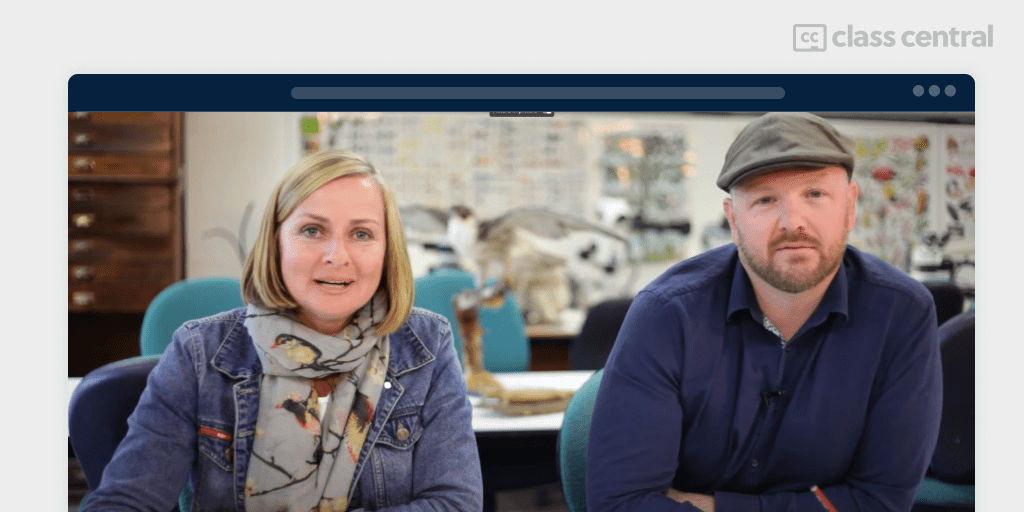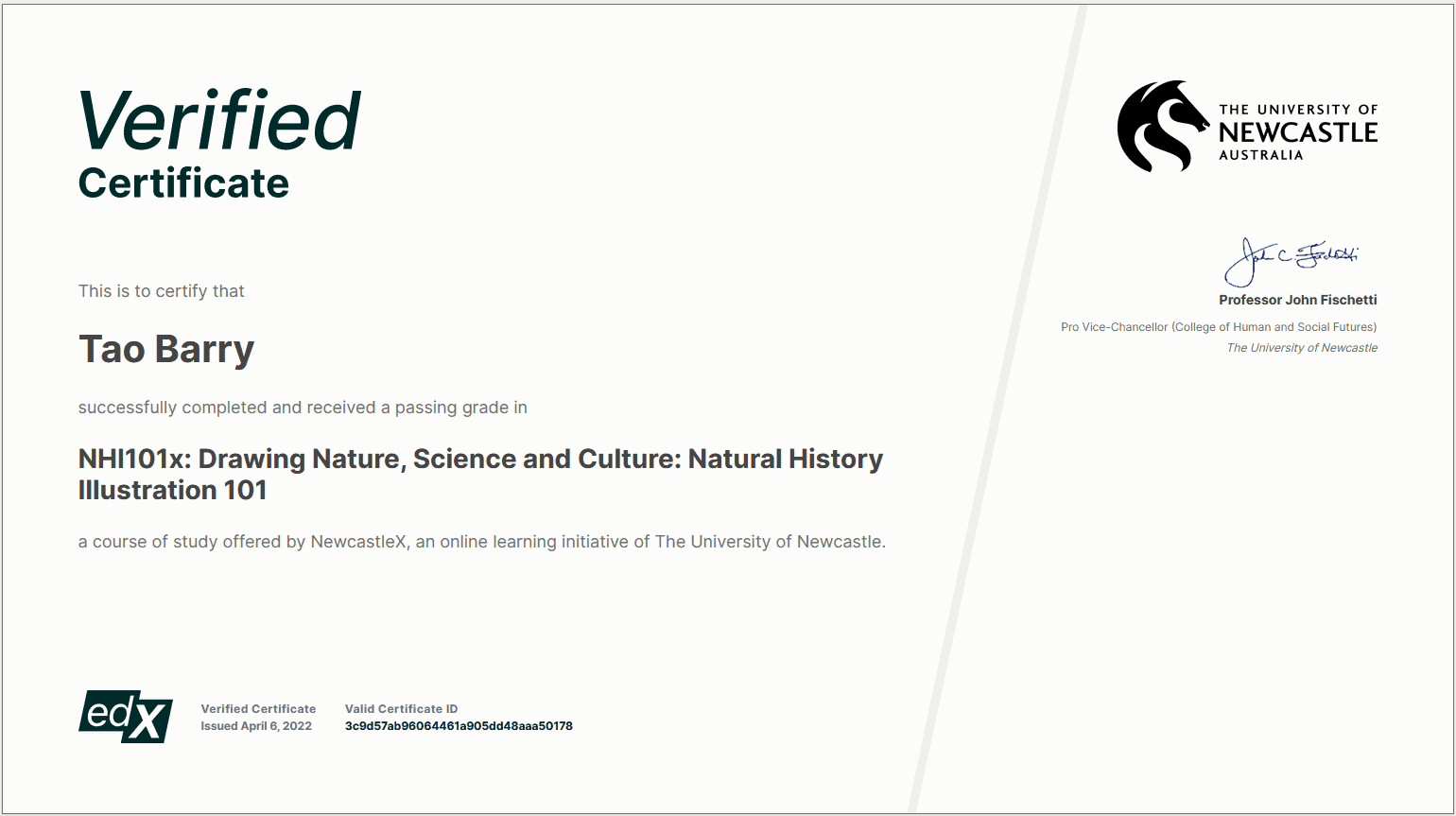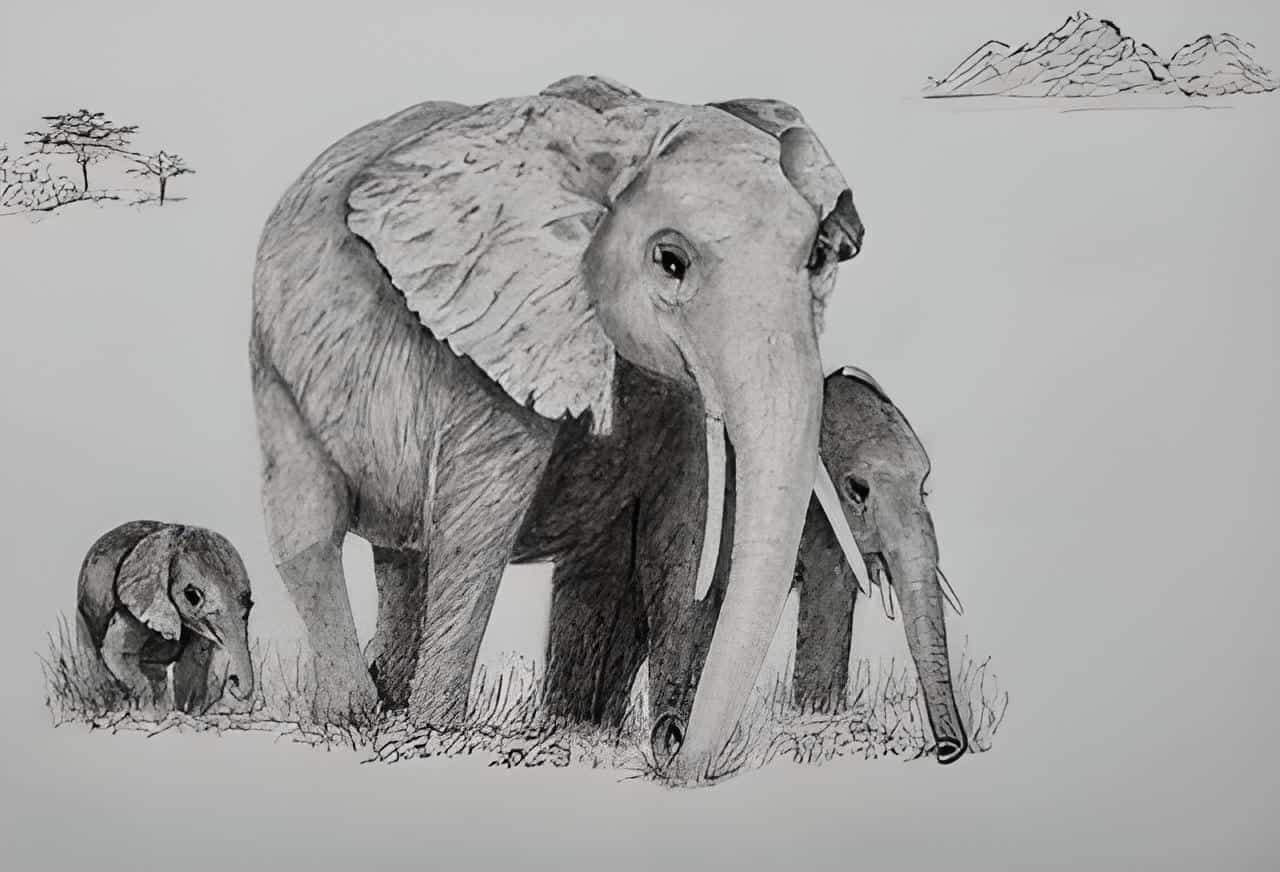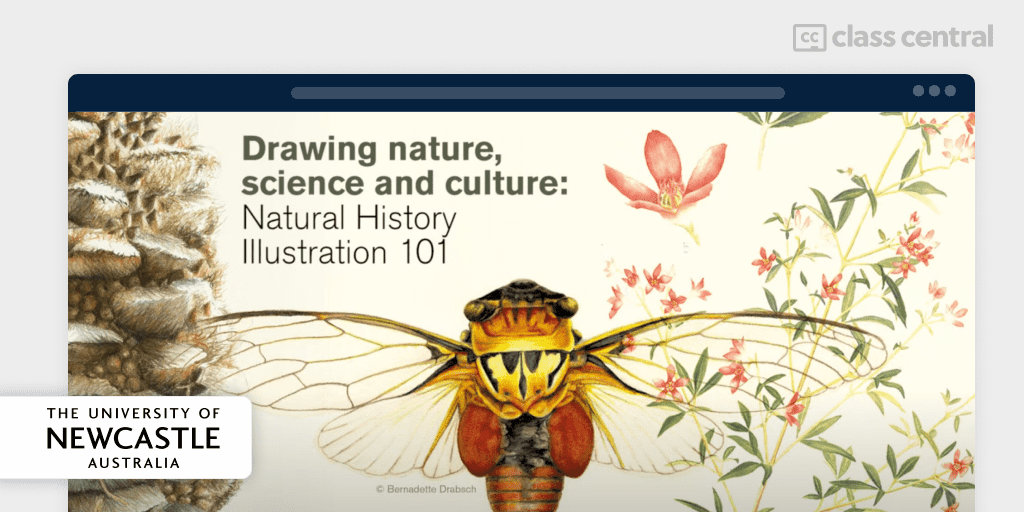Course Review: Drawing Nature, Science and Culture – Natural History Illustration 101
A course to take you out of your comfort zone and challenge you in using graphite pencils and watercolors, while acknowledging and respecting the Pambalong clan of the Awabakal people.
Why did I choose this course?
It was the challenge of doing something different in graphite – not a medium I had ever used before for main drawings. I thought this course, Drawing Nature, Science and Culture: Natural History Illustration 101, would give me a different view of drawing pictures.
The History
Long before the city of Newcastle was built, there lay a history of the cultural and ritual activities of the first people of Newcastle who later became an important source of Australia’s pre-colonial history.
Like all the Aboriginal clans, the Pambalong people lived in a virtual paradise of plenty. Resources from the areas of swamp and wetlands were rich in marine and marsupials, supplemented with mud crabs, wild ducks, waterfowl, and an endless variety of other birds.
The University of Newcastle acknowledges and respects the Pambalong clan of the Awabakal people, who are the traditional custodians of the land on which the course NH101x content was created.
Lecturers

There were two lecturers for this course. Both gave short video lectures explaining what the assignment was about and showed short demonstrations on the subject.
The skills I have developed
The only skills I could learn from this course were painting in watercolors and using colored pencils.
I am mainly self-taught with the odd day workshop and home studies courses like this one, but most were in my own time and with very little tutoring. But these were always in watercolor paints or color pencils.
Success

You will need lots of patience to read and reread the contents of each assignment very carefully and read all the information about posting your work and feedback to others. The prerequisite for the success in this course is the desire to improve and enjoy your journey.
The course1
I found the course at first very confusing but the more I got into it, life became much more interesting, and I was eager to carry on. Although there was a time when I was ready to throw in the towel and give it up again, I am glad I did persevere and finish.
It was nice to get feedback from my peers, but I was expecting to get some comments from the tutors too and, as far as I could see, all the comments and final markings were made by my peers. I did feel that although this was a beginners course, I could see from the work that was posted on the discussion group that there were several talented artists, so basically there is no help to improve your drawing with comments as to where you made mistakes, only the written word that you have to start with and videos to explain what you have to do.
The certificate you receive is very disappointing, not what you would want to frame and feel proud that you have finished quite an intense course. I am sure I am not the only one to feel like this. With all the art and design courses that edX runs, it should be possible for one or two artists to come up with a friendly design showing the BEE LOGO and friendly words saying, “Congratulations, Tao Barry! You have successfully completed the course with 82% pass mark.”.
The current wording on the certificate makes me feel I could have received the same certificate if I had just got 52% instead of 82%. It would not take much to redesign a lovely certificate that students could frame and be proud of the fact they made it to the end.
Grading1
I found the grading system in this course very strange.
A weighted grade of 50% is required to pass this course, and every week you collect a weighted grade of a percentage.
I thought the word “weighted grade” was rather weird. What was wrong with just a percentage mark? Depending on the week, you could get a higher or lower mark. You also get a course completion percentage mark after the first week, but I received 35% completed. At the end of six weeks, I received a pass mark of 82%, but only 92% of the course was completed. This was the strangest as I did everything that was required carefully. I did write on the discussion group to ask about what I had missed out, but I did not get a satisfactory answer. [Editor’s note: it’s possible that some optional steps were not completed, such as commenting in the discussion forum.]
Again, I feel we should have had some sort of encouragement from tutors to inspire the students to carry on with their own work.
Time commitment
Originally, I thought perhaps a few hours a day would be sufficient, but I soon learnt this was not the case. I am not sure why it was really stated how long it would take.
Conclusion

I found this course when looking for something that would push me out of my comfort zone. This was a challenge as I had never done any tonal drawings using graphite pencils before.
I knew it would not be easy. I did struggle at first with understanding just what was needed. Watching the videos did help, but the first postings were not easy with respect to the sizing of the pictures. First, they wanted x number of pixels and then it would be 10MB. Not being a computer buff, I had no idea how to get the sizes of pictures needed, but eventually I managed to post. By week three I was getting to enjoy the assignments required. By week six, the feedback I received from my peers was uplifting and inspiring. I was delighted with all the lovely comments for my final picture of “Family of Elephants”! This has inspired me to investigate my hoard of elephant photos taken on a safari in Kenya whilst we sat in the middle of troupes of these gentle giants, and we watched babies playing in the mud and youngsters play-fighting.
I hope to use all the new techniques I have learnt from this course; I have already started on my third drawing of elephants in graphite.
I must say a big thank you to all the students for their encouraging feedback throughout the course!
I might even be tempted to have another go, should the occasion arise.
[Footnote 1 – Editor’s note: Many of these comments relate to learning at scale in general: instructors are not involved directly with marking hundreds or even thousands of learners’ work, and certificates do not include grades or syllabus. See our Beginner’s Guide to Massive Open Online Courses (MOOCs).]








Jeff
I’ve taken 3 online courses. The best, BY FAR, was Drawawesome.com, led by Phil Davies. It’s an extremely comprehensive 1-year course that cost me $360. It was so cheap for what you get that I felt guilty paying so little. My skills have soared since taking that course. I looked at this one…to be honest, it looked bizarre. Thanks for the review!